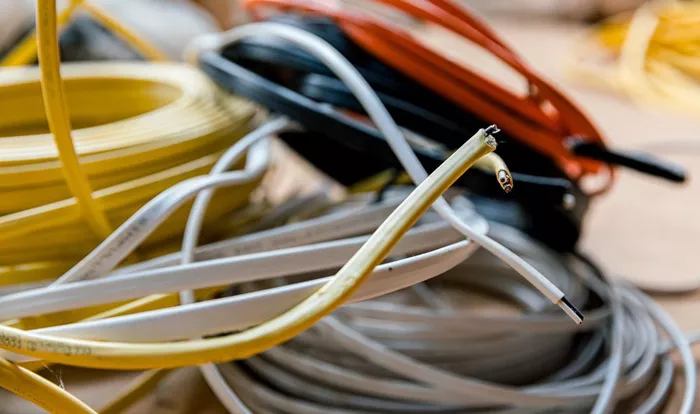In electrical installations, selecting the correct wire gauge is critical for both safety and efficiency. Electrical wires must be chosen based on the expected current load to prevent overheating, ensure optimal performance, and comply with safety regulations. One of the fundamental aspects of electrical wiring is determining the appropriate wire gauge for specific amperage requirements.
For circuits that are designed to handle a 20-amp load, the wire gauge selection becomes particularly important. Using the correct gauge ensures that the wiring can handle the current without excessive heat buildup, which could lead to potential hazards such as electrical fires. In this context, the 12 AWG (American Wire Gauge) wire is commonly recommended.
Recommended Wire Gauge for a 20 Amp Circuit
For a 20-amp circuit, the National Electrical Code (NEC) specifies the use of 12-gauge wire. This wire size is capable of carrying 20 amps of current safely and effectively. The 12-gauge wire is designed to handle the electrical load without excessive heat buildup, which is crucial for preventing potential fire hazards.
The use of 12-gauge wire ensures that the circuit operates within its designed parameters, providing a reliable and safe electrical system. In residential and commercial wiring, adhering to these specifications helps ensure that the electrical installations are compliant with safety standards and perform as expected.
Considering the Wire Type and Insulation
The type of wire and its insulation play a significant role in determining its ampacity. Copper wire, known for its excellent conductivity, is commonly used in electrical wiring due to its efficiency in carrying current. For a 20-amp circuit, 12-gauge copper wire is typically used, as it provides a good balance between conductivity and safety. Aluminum wire, although less conductive than copper, is another option.
However, it requires a thicker gauge to handle the same current safely. For a 20-amp circuit, 10-gauge aluminum wire is generally recommended. The insulation type also affects the wire’s performance and safety, as different insulation materials are designed to withstand various environmental conditions and temperatures.
See also: Evaluating Southwire: Innovations And Market Impact
Wire Length and Voltage Drop
When installing electrical wiring, the length of the wire run can impact performance due to voltage drop. Voltage drop occurs when the electrical voltage decreases along the length of the wire due to its resistance. For shorter runs, such as up to 50 feet, a 12-gauge wire is typically sufficient.
However, for longer runs, the resistance of the wire can lead to a more significant voltage drop, potentially affecting the performance of connected devices. In such cases, using a thicker wire, such as 10-gauge, can help minimize voltage drop and maintain efficient operation. Proper planning and consideration of wire length are crucial for ensuring reliable electrical performance.
Application-Specific Considerations
While 12-gauge wire is standard for 20-amp circuits, specific applications or local building codes might necessitate different wire gauges or additional considerations. Electrical codes and standards can vary based on region and the specific requirements of the installation.
For specialized applications or unusual conditions, such as high temperatures or unique environmental factors, consulting local codes and a qualified electrician is essential. Professional guidance ensures that the wiring is compliant with all regulations and is safe for the intended use. Adhering to these guidelines helps to avoid potential issues and guarantees that the electrical system functions effectively and safely.
Conclusion
In summary, using 12-gauge copper wire for a 20-amp circuit is the standard recommendation, ensuring safe and efficient operation. It is important to account for factors such as wire length and specific application requirements to maintain electrical safety and performance. For longer runs or specific conditions, considering thicker wire or consulting with a professional can help address any potential issues. By following these guidelines and adhering to local building codes, you can ensure that your electrical system remains reliable and compliant with safety standards.
Related Topics:
-
Top 5 Shop Vacs Of 2024: An In-Depth Evaluation Of Performance And Features
-
Craftsman Air Compressor Review: Is It Worth The Investment?

